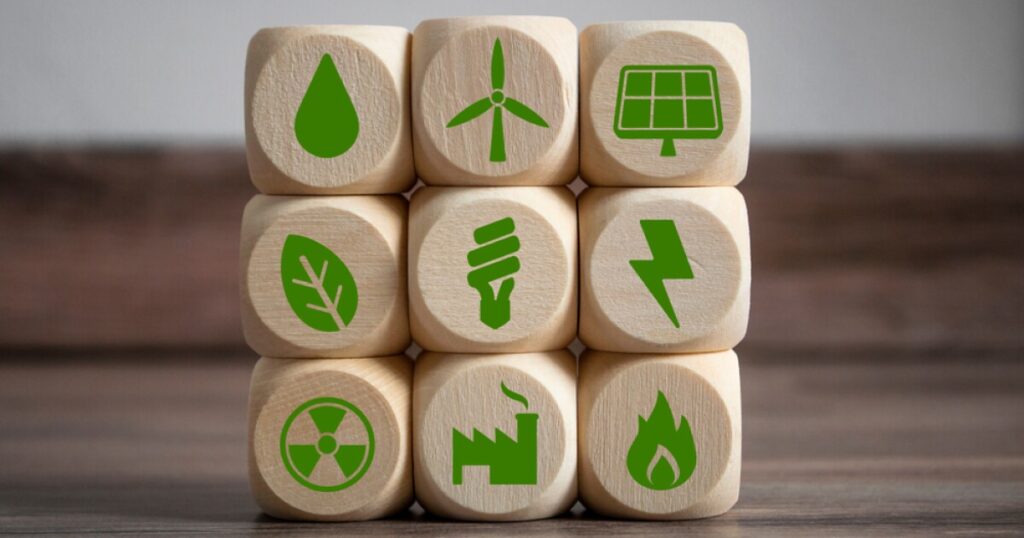South Korea’s Transition to Low-Carbon Energy Faces Challenges
South Korea’s transition to low-carbon energy is particularly challenging due to its dense population, hilly landscape, and geographic isolation. The country aims to reduce emissions by 40% by 2030 through ambitious renewable growth targets. However, South Korea is also increasingly looking toward nuclear and hydrogen energy to meet demand and achieve decarbonization in the coming years.
Renewable Energy Targets
South Korea has set aggressive renewable energy targets as part of its commitment to reducing greenhouse gas emissions. These targets are essential to addressing climate change and moving towards a sustainable future.
Challenges in Implementation
The country’s dense population and hilly terrain make the large-scale implementation of renewable energy projects more difficult. Additionally, South Korea’s geographic isolation limits its ability to share energy resources with neighboring countries, complicating its transition to a low-carbon economy.
Nuclear and Hydrogen Solutions
To overcome these challenges, South Korea is increasingly turning to nuclear and hydrogen energy. Nuclear power provides a stable and substantial energy source that can help bridge the gap between current capabilities and future renewable energy goals. Similarly, hydrogen energy is seen as a promising alternative for reducing carbon emissions and meeting energy demands.
For more information, you can explore this IEA report on renewables and this World Nuclear Association report on nuclear power.
Original Story at www.energyintel.com
